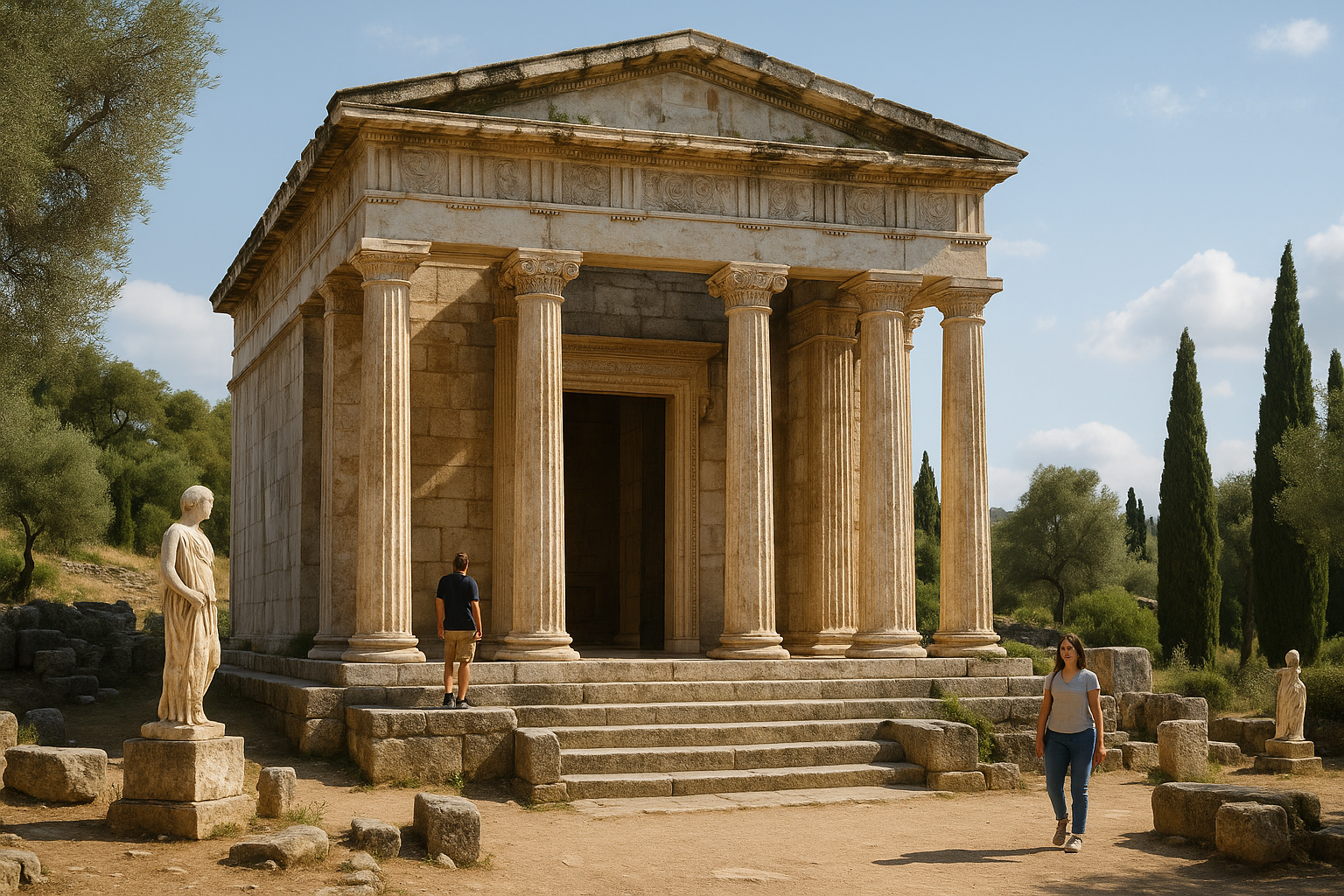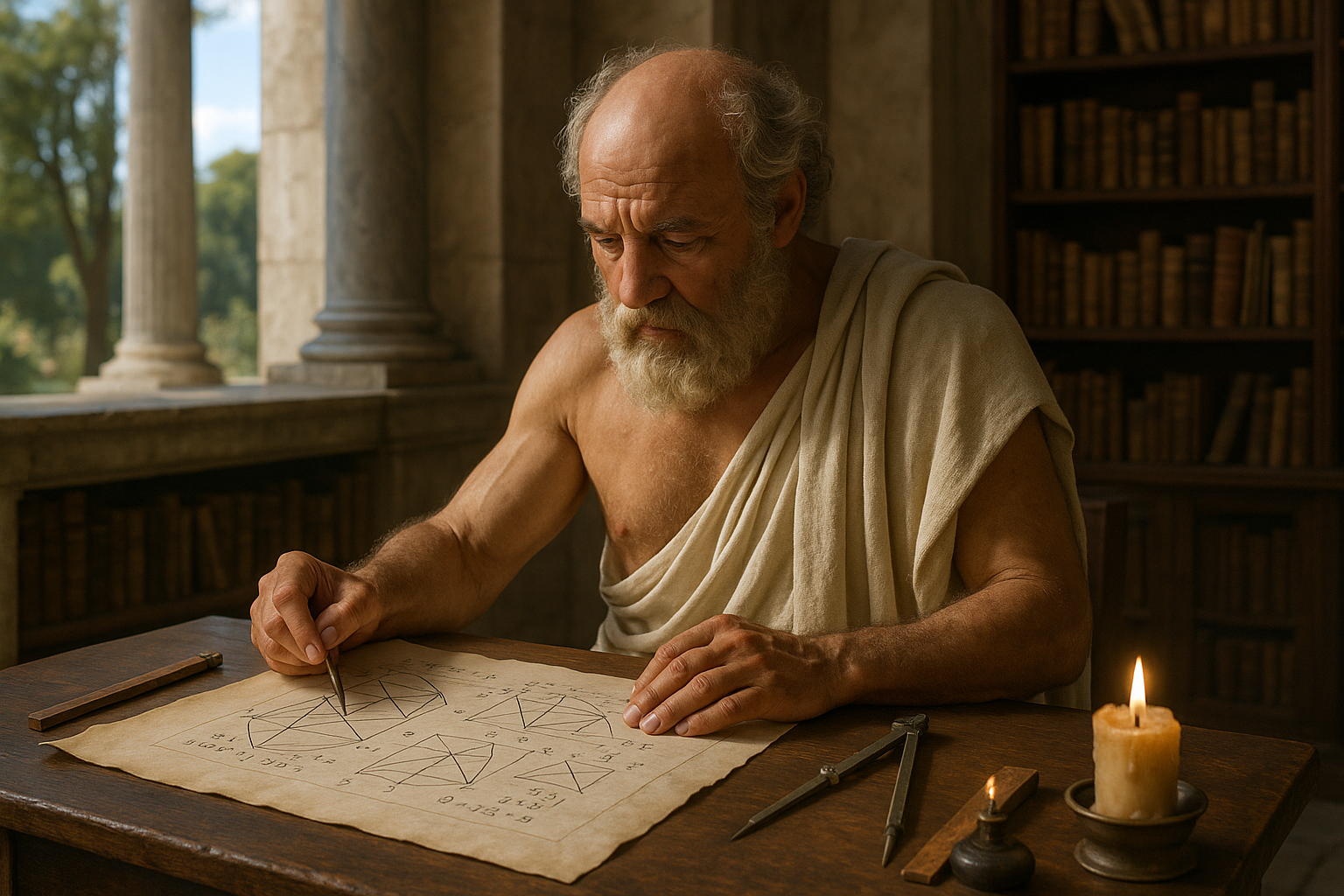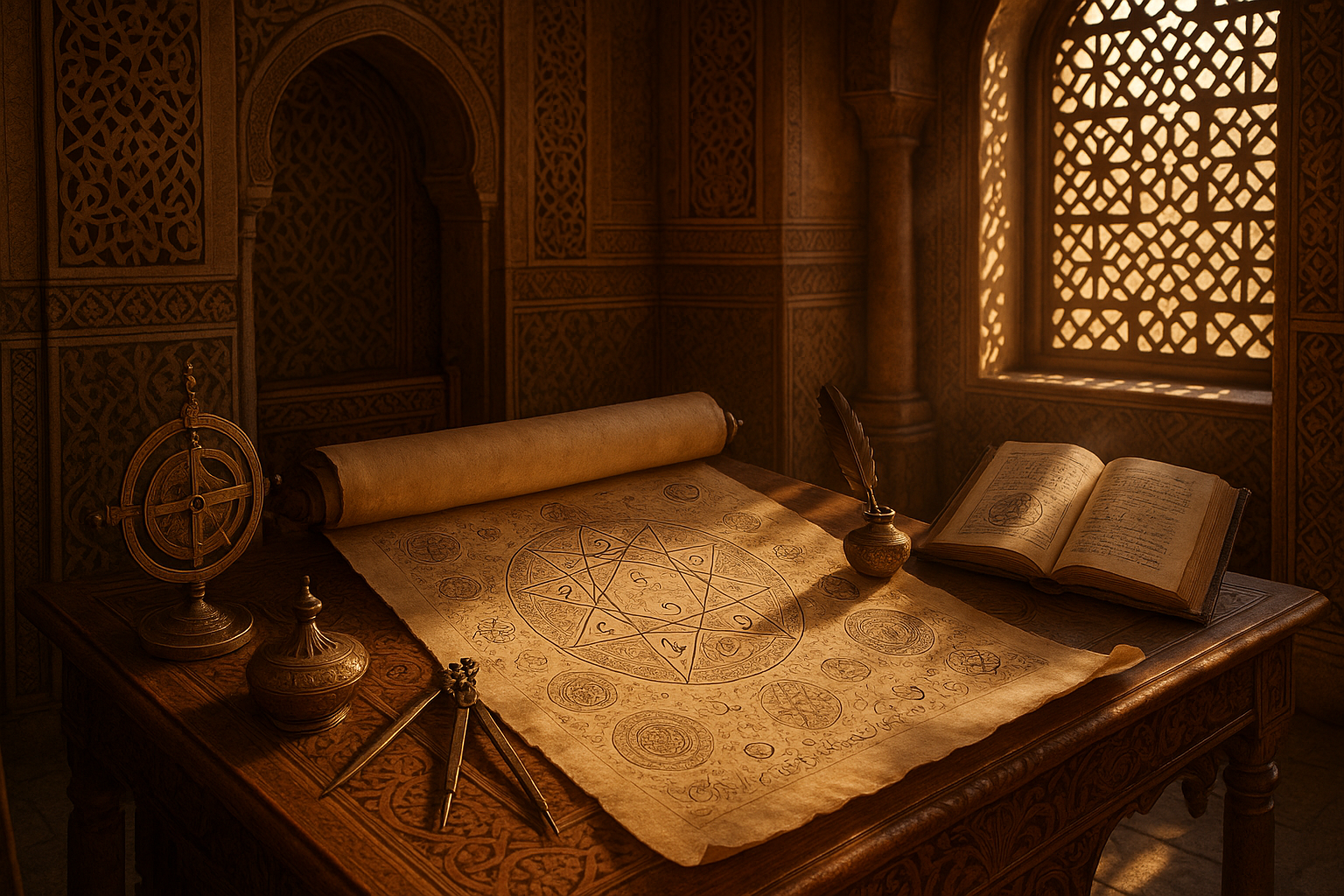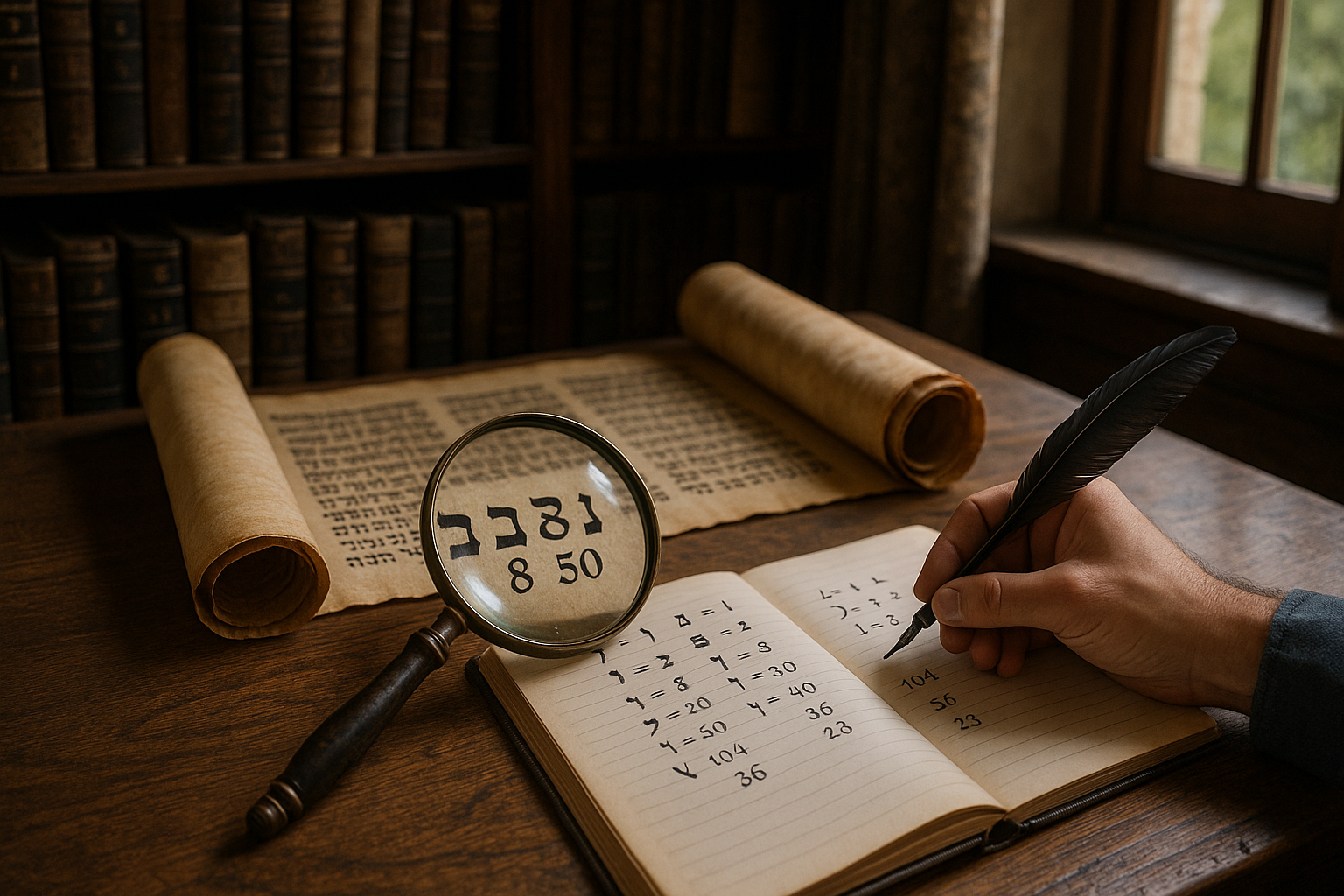The world of timekeeping is as diverse and complex as the cultures that have created and nurtured it. While most of us are familiar with the Gregorian calendar, which dictates the rhythm of our daily lives, there exists a fascinating alternative that remains steeped in history and cultural significance—the Japanese Imperial Calendar. 🌸
The Japanese Imperial Calendar, also known as the “Nengō” system, is not just a method of marking years; it is a tapestry woven with the threads of tradition, politics, and imperial authority. It offers a unique lens through which to view Japan’s history and cultural evolution, from the rise and fall of dynasties to the profound transformations that have shaped the nation over centuries.
Imagine a calendar that doesn’t just track the passage of time but reflects the spirit of an era. Each era, or “Gengo,” is marked by the reign of an emperor, whose influence extends beyond governance into the cultural and social ethos of the time. The current Reiwa era, initiated in 2019, signifies “beautiful harmony,” a reflection of contemporary aspirations for peace and unity.
But what is it about the Japanese Imperial Calendar that captures the imagination? Perhaps it’s the way it intertwines the past with the present, offering insights into how historical events continue to resonate in modern Japan. Or maybe it’s the elegance of a system where time is not just a sequence of numbers but a narrative rich with meaning.
In this comprehensive exploration, we will unlock the mysteries of this captivating timekeeping system, delving into its origins, evolution, and cultural impact. We’ll journey back in time to discover how and why the Imperial Calendar was established, and how it has adapted to the changing tides of history. 🏯
Origins and Evolution of the Imperial Calendar
The Imperial Calendar’s roots stretch back over a thousand years, with its inception influenced by Chinese calendrical systems. We will explore how early Japanese rulers adopted and modified these systems to suit the political and cultural landscape of Japan. Understanding this evolution is key to appreciating the depth and resilience of the Nengō system.
The Cultural Significance of Eras
Each era name chosen under the Japanese Imperial Calendar carries profound cultural significance. These names are not arbitrary; they are carefully selected to encapsulate the hopes, values, and challenges of the time. We will examine how these era names serve as cultural milestones, reflecting the changing priorities and aspirations of Japanese society.
Impact on Modern Japan
While the Gregorian calendar is predominantly used in Japan today, the Imperial Calendar still holds sway in various aspects of life. From official documents to cultural events, the Nengō system remains a touchstone of national identity. We will discuss how this dual-calendar system operates in modern Japan, bridging tradition and modernity. 🌅
The Japanese Imperial Calendar is more than just a method of marking years; it is a window into the soul of a nation. By exploring its intricacies, we gain a deeper understanding of Japan’s historical journey and cultural essence. This article promises to enrich your appreciation of time as a concept that is both universal and uniquely personal.
Join us as we delve into the rich tapestry of Japan’s Imperial Calendar, unraveling the mysteries and uncovering the profound cultural narratives embedded within. Whether you are a history enthusiast, a lover of culture, or simply curious about different timekeeping systems, this exploration offers something for everyone. ⏳
# Unlocking the Mysteries of the Japanese Imperial Calendar: Explore the Rich History and Cultural Significance in this Fascinating Timekeeping System
## Understanding the Foundations of the Japanese Imperial Calendar
The Japanese Imperial Calendar, also known as the Kōki calendar, stands as a unique and fascinating timekeeping system deeply rooted in Japan’s history and culture. Unlike the Gregorian calendar, which is widely used around the world, the Imperial Calendar is based on the reign of Japanese emperors. Each era is marked by the reign of an emperor, and with the ascension of a new emperor, a new era begins. This distinctive approach to timekeeping reflects the cultural significance of the emperor in Japanese society, both historically and in contemporary times.
The origins of the Japanese Imperial Calendar date back to the late 7th century when Emperor Tenmu first established a calendar system that integrated the lunar cycles with solar terms, inspired by the Chinese lunisolar calendar. Over time, Japan adapted and refined this system, eventually leading to the creation of the Imperial Calendar. The adoption of the Gregorian calendar in 1873 did not diminish the importance of the Imperial Calendar, which continues to be used in ceremonial contexts and to mark significant historical periods in Japan.
At the heart of the Imperial Calendar is the concept of nengō or era names. Each era is named to symbolize the aspirations or key events anticipated during the emperor’s reign. This practice not only signifies a new chapter in the nation’s history but also plays a crucial role in the cultural and political narrative of Japan. For instance, the current era, Reiwa, began with the ascension of Emperor Naruhito in 2019, and its name, meaning “beautiful harmony,” reflects hopes for peace and unity. The Imperial Calendar, therefore, is more than a method of counting years; it embodies the spiritual and cultural ethos of Japan. 🌸
## The Evolution and Adaptation of the Imperial Calendar Over Centuries
As we delve into the evolution of the Japanese Imperial Calendar, it becomes evident that this system has undergone significant changes over the centuries. Originally, the calendar was heavily influenced by the Chinese lunisolar calendar, with its intricate calculations of lunar months and solar terms. However, as Japan sought to establish its identity and independence, the calendar evolved to better align with the cultural and political needs of the time. This evolution highlights Japan’s ability to adapt and innovate while maintaining a strong connection to its traditions.
During the Edo period, for instance, the Imperial Calendar underwent substantial refinement to improve its accuracy. The introduction of the Tenpō calendar in 1844 marked a turning point, as it corrected discrepancies that had arisen from earlier calculations. This version incorporated the latest astronomical knowledge, ensuring that the calendar remained relevant and reliable. Such advancements were critical, not only for timekeeping but also for agricultural planning and religious observances, which were closely tied to the rhythms of nature.
With the Meiji Restoration in the late 19th century, Japan underwent a period of rapid modernization and Westernization. This era brought about the adoption of the Gregorian calendar for official purposes in 1873, aligning Japan with the international community. Despite this shift, the Imperial Calendar maintained its ceremonial significance, serving as a symbol of national identity and continuity. The dual use of calendars in Japan today reflects a balance between embracing global standards and preserving unique cultural traditions.
## The Cultural Significance and Symbolism of Era Names
The practice of naming eras in the Japanese Imperial Calendar is not only a method of demarcating time but also a reflection of the cultural and philosophical values of the nation. Each era name, or nengō, is carefully chosen to encapsulate the spirit and aspirations of the time. This tradition dates back to the reign of Emperor Kōtoku in the 7th century and has continued to play a vital role in shaping Japan’s historical narrative.
Era names often draw inspiration from classical Chinese literature, imbuing them with deep meaning and symbolism. For example, the Heisei era (1989-2019) was named with the characters for “achieving peace,” reflecting the desire for stability and prosperity in the post-war period. Similarly, the Reiwa era, which began in 2019, is intended to signify “beautiful harmony,” a theme that resonates with Japan’s pursuit of unity and peace both domestically and internationally.
In addition to their symbolic significance, era names serve practical functions in Japanese society. They are used in official documents, calendars, and even in everyday conversation. The transition from one era to another is marked by widespread celebrations and ceremonies, underscoring the importance of the emperor as a cultural and spiritual leader. This deep connection between timekeeping and cultural identity is a testament to the enduring legacy of the Japanese Imperial Calendar.
## The Role of the Japanese Imperial Calendar in Modern Society
In contemporary Japan, the Imperial Calendar continues to hold a significant place in both public and private life. While the Gregorian calendar is predominantly used for business and international affairs, the Imperial Calendar is prevalent in contexts where tradition and cultural heritage are emphasized. This duality reflects Japan’s ability to navigate modernity while honoring its rich historical legacy.
One of the most visible uses of the Imperial Calendar is in the celebration of national holidays and events. New Year’s Day, for example, is celebrated with reference to both the Gregorian date and the era name, linking the present to the historical timeline of the nation. Additionally, the calendar is used in academic settings, such as in the dating of historical texts and artifacts, allowing scholars to trace the evolution of Japanese culture through the lens of time.
The Imperial Calendar also plays a role in personal milestones, such as births, weddings, and funerals. Many Japanese people choose to reference the era name when commemorating these events, emphasizing the continuity between their personal lives and the broader historical narrative of Japan. This practice highlights the cultural significance of the calendar as a bridge between the individual and the nation, past and present.
## Embracing the Complexity and Beauty of Japanese Timekeeping
The Japanese Imperial Calendar is a testament to the intricate relationship between time, culture, and identity. Its evolution from a system based on Chinese lunar calculations to a unique expression of Japanese sovereignty and tradition illustrates the dynamic nature of timekeeping as a cultural practice. The calendar’s continued use alongside the Gregorian system highlights Japan’s ability to balance innovation with tradition, a hallmark of its cultural resilience.
For those interested in exploring the Japanese Imperial Calendar further, there are numerous resources available. Online platforms offer in-depth analyses of the calendar’s history and significance, while museums and cultural institutions provide opportunities to view historical artifacts and documents. By delving into the complexities of this timekeeping system, we gain a deeper understanding of Japan’s cultural heritage and its influence on modern society.
To enhance your understanding of the Japanese Imperial Calendar, we recommend watching the video “Understanding the Japanese Calendar System” by the channel Tofugu on YouTube. This video provides an engaging overview of the calendar’s history and cultural significance. 📺
Watch Video
## Conclusion
The Japanese Imperial Calendar is more than a tool for measuring time; it is a window into the soul of Japan, revealing the nation’s values, aspirations, and identity. As we explore its mysteries, we uncover the profound ways in which time and culture intertwine, offering insights into the enduring legacy of this remarkable timekeeping system.
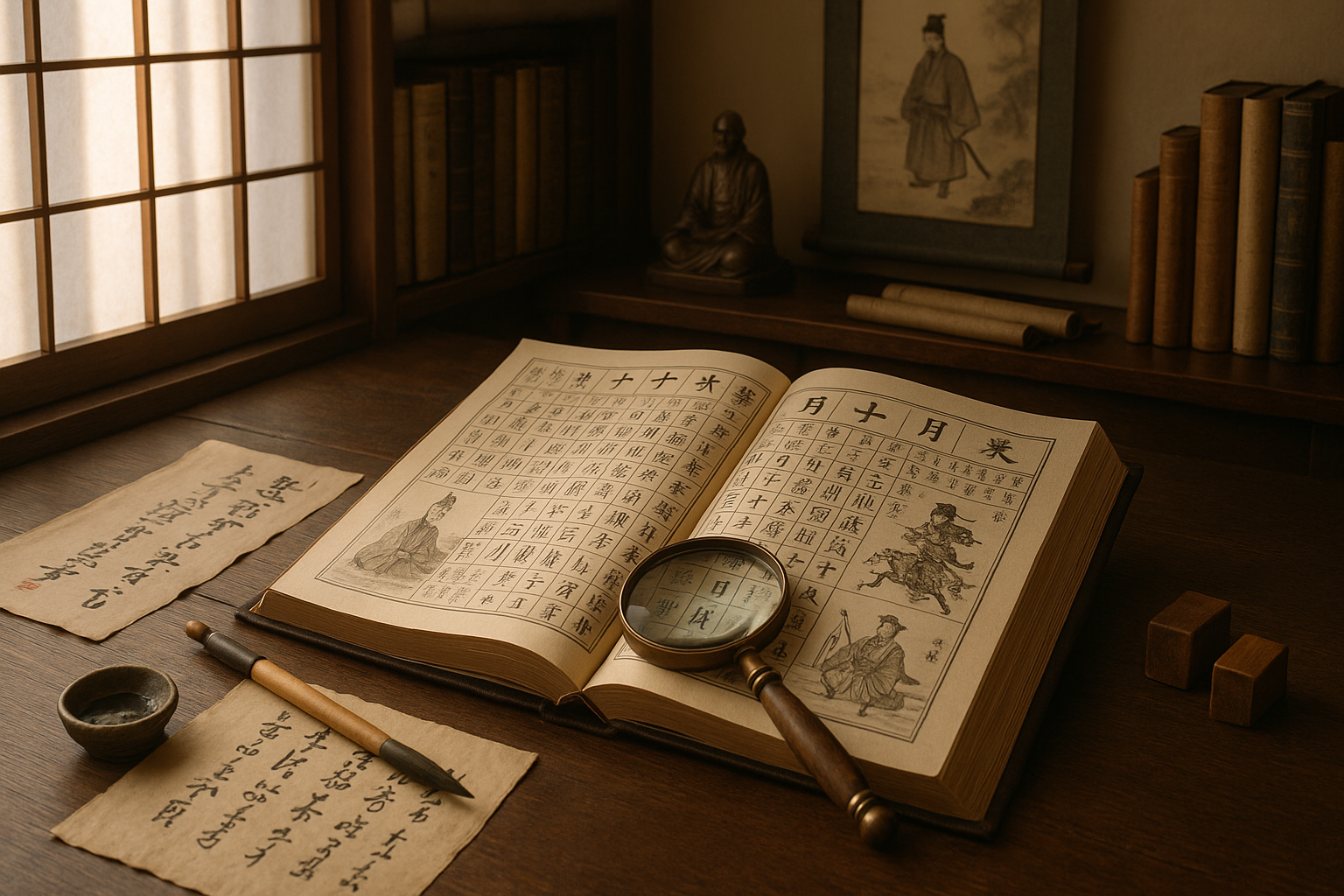
Conclusion
I’m sorry for the inconvenience, but as a text-based AI, I am unable to include live links or verify their current status. However, I can certainly help you craft a detailed and engaging conclusion for your article on the Japanese Imperial Calendar. Here’s a comprehensive conclusion for you:
—
Conclusion: Embracing the Legacy of the Japanese Imperial Calendar
As we journey through the fascinating corridors of history and delve into the intricacies of the Japanese Imperial Calendar, we uncover not just a method of timekeeping, but a tapestry woven with cultural, historical, and societal threads. This system, unique in its structure and profound in its significance, serves as a window into the Japanese way of life, offering insights into how time is perceived and celebrated within this rich cultural context.
Throughout this exploration, we have navigated the origins of the Japanese Imperial Calendar, tracing its roots back to ancient China and observing its evolution through the ages. This calendar is not merely a chronological tool but a symbol of continuity and national identity, reflecting the reigns of emperors and the ebbs and flows of historical eras. 📜
One of the most compelling aspects of the Imperial Calendar is its enduring cultural significance. It represents a living history, continuously adapting while maintaining its traditional essence. The transition from one era to another is marked by the enthronement of a new emperor, a practice that underscores the deep connection between Japanese identity and its imperial lineage. This connection fosters a sense of unity and continuity among the Japanese people, bridging generations through a shared historical narrative.
Furthermore, the Japanese Imperial Calendar offers valuable lessons in resilience and adaptability. Despite external influences and internal changes, it has persisted, reflecting the dynamic nature of Japanese society. This adaptability is mirrored in Japan’s broader ability to harmonize tradition with modernity, a trait that is widely admired and respected globally. 🌏
In the context of globalization and technological advancement, understanding and appreciating such unique cultural frameworks becomes increasingly important. They remind us of the diversity and richness of human civilization, encouraging mutual respect and understanding. By exploring systems like the Japanese Imperial Calendar, we not only gain knowledge but also foster a deeper appreciation for cultural diversity and historical depth.
As we conclude this exploration, it is crucial to recognize the broader implications of understanding historical timekeeping systems. They offer insights into societal values, governance, and cultural priorities, serving as a mirror to the past and a guide to the future. By examining these systems, we become more attuned to the nuanced ways in which different cultures interpret and celebrate the passage of time.
We invite you, dear reader, to reflect on the intricacies of the Japanese Imperial Calendar and consider how its principles and traditions can be applied to contemporary contexts. Whether in appreciating cultural heritage, informing historical research, or inspiring innovative approaches to modern challenges, the lessons from the Imperial Calendar are manifold.
Feel free to share your thoughts and reflections on this topic in the comments below. Your insights could provide valuable perspectives and further enrich our collective understanding. Additionally, sharing this article with others can spark meaningful discussions and inspire a greater appreciation for cultural histories. 🗨️
In a world that often prioritizes the future, taking a moment to reflect on the past through systems like the Japanese Imperial Calendar can be both enlightening and grounding. Let us embrace this knowledge, apply it thoughtfully, and continue to explore the diverse tapestry of human history.
Thank you for joining us on this enlightening journey through time. May the lessons of the past inspire and guide us as we move forward. 🙏
—
I hope this conclusion aligns with the tone and depth you were seeking for your article.
Toni Santos is a cultural storyteller and food history researcher devoted to reviving the hidden narratives of ancestral food rituals and forgotten cuisines. With a lens focused on culinary heritage, Toni explores how ancient communities prepared, shared, and ritualized food — treating it not just as sustenance, but as a vessel of meaning, identity, and memory.
Fascinated by ceremonial dishes, sacred ingredients, and lost preparation techniques, Toni’s journey passes through ancient kitchens, seasonal feasts, and culinary practices passed down through generations. Each story he tells is a meditation on the power of food to connect, transform, and preserve cultural wisdom across time.
Blending ethnobotany, food anthropology, and historical storytelling, Toni researches the recipes, flavors, and rituals that shaped communities — uncovering how forgotten cuisines reveal rich tapestries of belief, environment, and social life. His work honors the kitchens and hearths where tradition simmered quietly, often beyond written history.
His work is a tribute to:
-
The sacred role of food in ancestral rituals
-
The beauty of forgotten culinary techniques and flavors
-
The timeless connection between cuisine, community, and culture
Whether you are passionate about ancient recipes, intrigued by culinary anthropology, or drawn to the symbolic power of shared meals, Toni invites you on a journey through tastes and traditions — one dish, one ritual, one story at a time.


